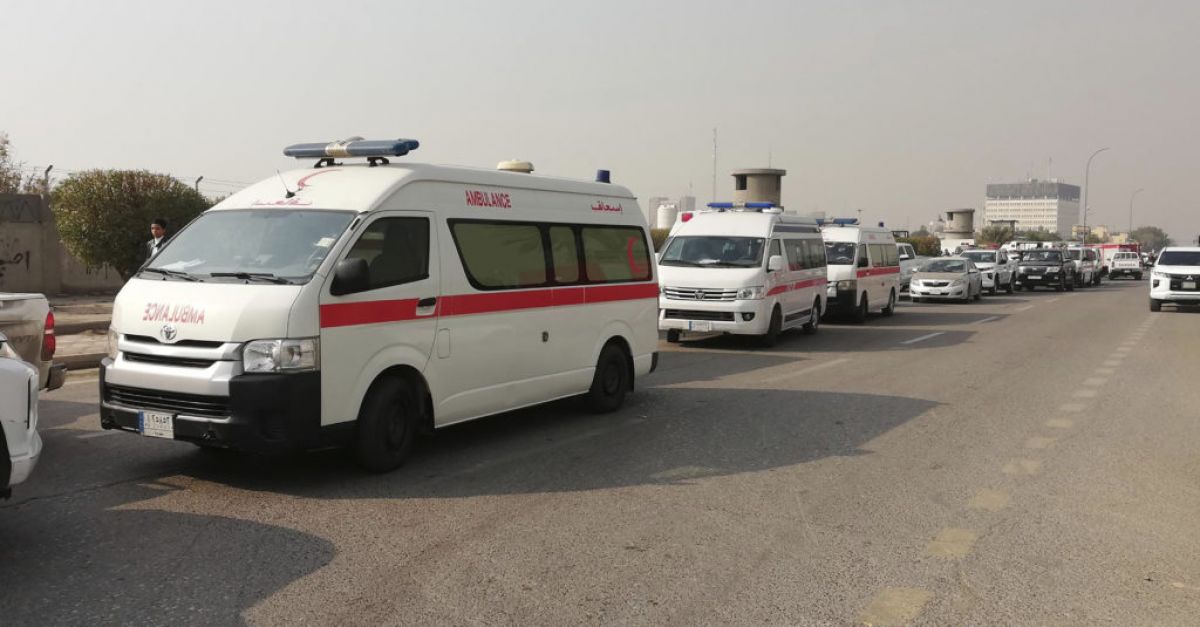In the Triangle, where plans for commuter and light rail have come to naught, mass transit largely means one thing: buses, usually big enough to seat 40 people.
But now a relatively new kind of transit is popping up around the region, one that has as much in common with Uber and Lyft as with a GoRaleigh bus.
It’s called microtransit, and communities are using it to provide public transit in areas that aren’t densely populated enough to need scheduled buses on fixed routes. Instead, riders can call or use an app to summon a ride in vans or minibuses that take them somewhere in town or another defined geographic area.
Transit agencies have long offered shuttle rides to the elderly or people with disabilities, often with financial help from the federal government. But these new programs are open to anyone.
Among the first in the region to try microtransit was Morrisville in western Wake County, where the 2.5-year-old Smart Shuttle was the town’s first foray into public transit. Operating seven days a week, the system now offers free rides to about 55 people a day on average, most of whom don’t have access to a car, said Caleb Allred, the town’s transportation planner.
“Microtransit is good for sprawling communities that have a lot space that they have to cover with low volumes of patrons using the service,” Allred said.
What towns provide microtransit?
Among the other communities trying microtransit:
▪ Cary: The town is studying whether to offer microtransit in areas not served by GoCary routes. The first draft of a feasibility study will be released next month, said Kelly Blazey, the town’s transit director. GoCary already operates the Morrisville Smart Shuttle.
▪ Selma and Smithfield: The Johnston County Area Transit System launched QuickRide in spring 2023 to serve residents in and near the two towns. Rides cost $6.
▪ Rolesville and Wake Forest: The Rolesville-Wake Forest Microtransit Connector is expected to begin this summer. It replaces a GoRaleigh express bus between Rolesville and downtown Raleigh that attracted few riders because, officials say, Rolesville transit users would prefer to go to nearby Wake Forest.
▪ Knightdale, Wendell and Zebulon: The towns are working with the county to request Wake transit tax money to help continue SmartRide, which has served northeastern Wake since March 2022. The service provided about 13,000 rides in its first full fiscal year, according to the county, which started the program with a federal grant.
“What we essentially did was give roughly 13,000 rides to people who did not have other means to get to dialysis, to get to the grocery store, to get to the park, to get to just regular employment,” said Anita Davis, transportation program manager for Wake County Human Services.
“If that service were to go away, that’s a big segment of the community who are kind of lost and stuck and figuring out how to get transportation.”
Microtransit adaptable to different situations
There are different ways to do microtransit. In Morrisville, passengers must meet the shuttle at one of 12 stops or nodes in town, then take it to another node. In contrast, SmartRide has no fixed stops; people can request a ride from their home to anywhere in the service area.
Some communities see microtransit as a way to get people connected to traditional local or regional bus lines or as a stop-gap measure until they’re big enough for a fixed-route system. Cary considers it both, said Blazey, the transit director.
“Microtransit is a great way to help us determine where a fixed-route makes sense as the area continues to grow,” she said.
One North Carolina city has drawn national attention by going the other way. Wilson, a city of about 47,000 residents 50 miles east of Raleigh, replaced its decades-old bus system in 2020 with a fleet of mini-vans that people can summon with a phone call or an app.
The buses served only 40% of the city, hitting each stop every hour, and carried about 74,000 people in the final full year, says Rodger Lentz, the city’s planning and development officer. The RIDE microtransit system will take people anywhere in town for $2.50 and carried about 221,000 people in the year ending last Aug. 31.
Wilson pays about $2.25 million for RIDE (contractors own and operate the fleet of minivans), about twice as much as it spent on buses, but now provides nearly three times as many rides, Lentz said.
“So on an apples-to-apples basis, I’m getting far more for my money than I would have under the old system,” he said. “And so far people are really happy with the system.”
Einnok Jenkins, 26, never rode the city’s buses but is a regular RIDE user. It’s how he gets around the city without having to rely on family or friends.
“You can go anywhere in Wilson,” Jenkins said, after returning home from a recent visit to a temporary employment agency. “You’ve got to emphasize ‘anywhere.’ Literally. And it’s going to be the same price.”
A service for those without cars
That people can get a ride for free or a few dollars is one way microtransit differs from Uber and Lyft. Local governments say they’re using taxpayer money to subsidize their systems as a public service, just like parks or the police and fire departments.
Wilson saw RIDE as a strategy to fight chronic unemployment in the city, by making it easier for people to get to work. According to surveys, about 71% of people who use RIDE are on their way to or from work or school, Lentz said, and 89% don’t have access to a car.
Wilson City Council member Derrick Creech says the system has been one of the best things the city has ever done for its low-income residents.
“I see for those that have been struggling that it’s easy for them to get a ride,” Creech said.
With the low cost to riders come compromises. Microtransit shuttles generally don’t run at night and must remain within a designated geographic area. People may find themselves sharing a ride with someone and may have to wait longer for a shuttle. The average wait for a Morrisville Smart Shuttle to arrive is about 26 minutes, Allred said.
Microtransit shuttles aren’t mass transit, carrying large numbers of people at a time, and aren’t likely to lure people out of their cars.
But for Scott Brubaker, the Smart Shuttle has allowed him and his wife to get by on one car. The couple recently moved to Morrisville from Brazil and bought a car so she could get to her job north of Durham.
But Brubaker takes the shuttle to the GoTriangle regional transit center, where he gets a free ride through GoTriangle’s Transit Connect program to and from his job at IBM.
“This is a great system for us,” Brubaker said, as he recently rode the shuttle home. “Getting one car is enough, but getting two would be too much.”
Signup bonus from




